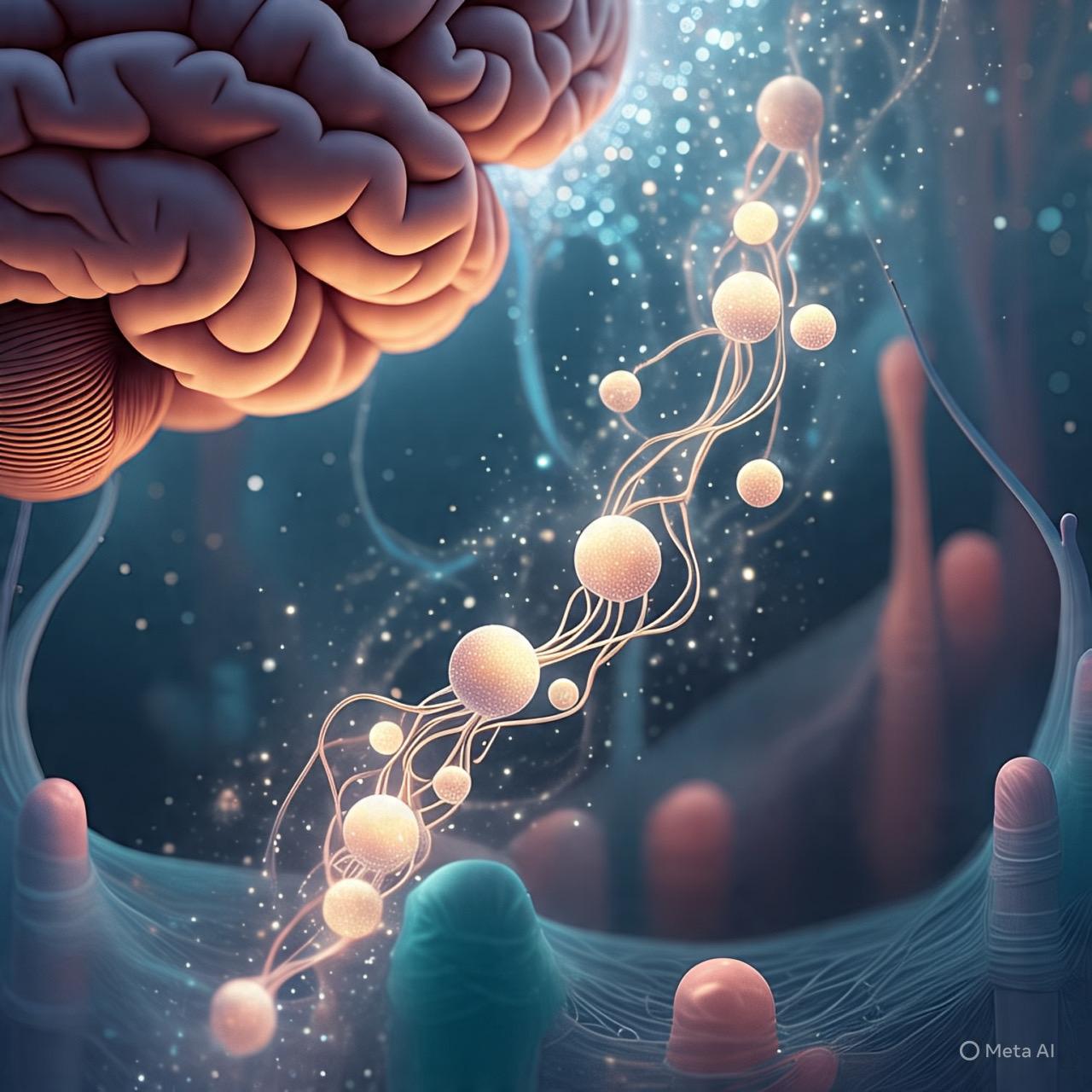
-
entries
192 -
comments
221 -
views
72,206
About this blog
Glimpses of Wonder™: Reflections on Jehovah’s Remarkable Design
An invitation to slow down, look closer, and be amazed.
Everywhere we turn, Jehovah’s handiwork speaks—sometimes in whispers, sometimes in wide-eyed wonder. Glimpses of Wonder™ takes you on a journey through the marvels of creation: from the clever mechanics of a horse’s leg to the glow of deep-sea creatures, from the balance of brain chemistry to the elegance of a falling leaf.
Some entries will make you laugh. Some will make you pause. But all of them aim for the same thing: to stir up awe—and give credit where it’s due.
Blending science, storytelling, and a deep love for the Creator, this series doesn’t just celebrate the natural world. It invites you to see what’s always been there… a little differently.
Entries in this blog
The Hidden Flock of Saturn
The Golden Tortoise Beetle and Its Shimmering Beauty
The Deadliest Animal on Earth: The Mosquito
The Changing Eyes of Reindeer
The Arctic Fox: Survival, Camouflage, Danger, and Struggle
The Amazing Science Behind How Cats Land on Their Feet
Surfing Giants of Loango — a Glimpse of Wonder entry™ —
Saturn’s Rings: A Sculpted Wonder — a Glimpse of Wonder entry™ —
Salar de Uyuni: Bolivia’s Dazzling Salt Mirror
Pine Trees That Thrive After Forest Fires
Pelicans: Graceful Gliders of Jehovah’s Creation
Nature’s Clever Rest Stop: The Unusual Partnership of the Tree Shrew and the Pitcher Plant
Maya Nord: A Biodiversity Haven in the Congo
Ingenious Gardeners: The Self-Planting Ability of Certain Bulbs —a Glimpse of Wonder entry™—
How Humidity Affects Our Perception of Temperature — a Glimpse of Wonder entry™ —
Hay or Straw? Know the Difference!
Goldfinches: Migrating Marvels and Seasonal Wonders
Goats and Their Accents: A Vocal Wonder of the Animal Kingdom
Ghost Pipe Plant: Creation's Enigmatic Parasite —a Glimpse of Wonder entry™—
Exotic Joy: The Remarkable Design of Leichhardt’s Grasshoppers — a Glimpse of Wonder entry™ —
Do Spiders Dream?
Designed for Communication and the Wonder of Learning to Speak
Cashews: More Than Just a Nut
Breaking the Speed Barrier: The High-Flying Brazilian Free-Tailed Bat
About JWTalk.net - Jehovah's Witnesses Online Community
Since 2006, JWTalk has proved to be a well-moderated online community for real Jehovah's Witnesses on the web. However, our community is not an official website of Jehovah's Witnesses. It is not endorsed, sponsored, or maintained by any legal entity used by Jehovah's Witnesses. We are a pro-JW community maintained by brothers and sisters around the world. We expect all community members to be active publishers in their congregations, therefore, please do not apply for membership if you are not currently one of Jehovah's Witnesses.
